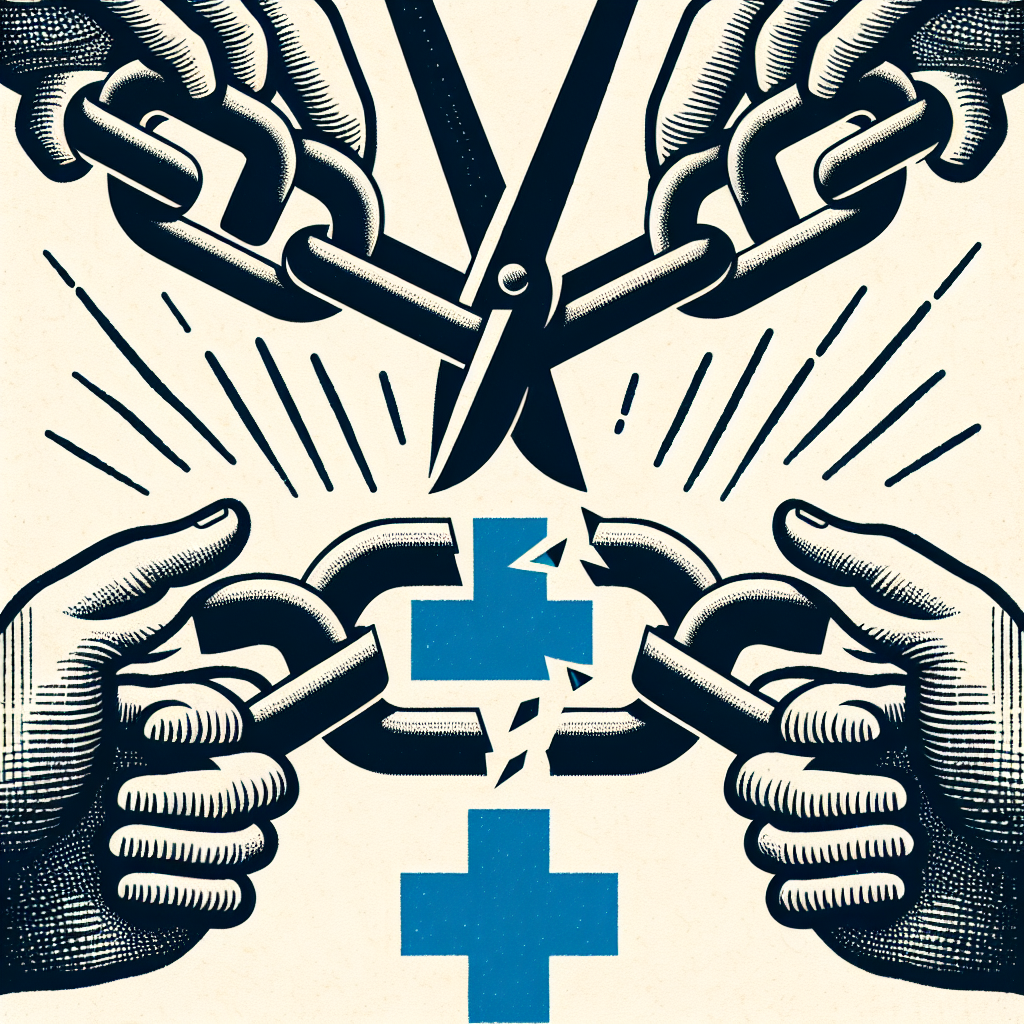Filed under Disability Insurance on
Understanding New York Disability Insurance Options

New York, known for its bustling streets, iconic landmarks, and rich cultural tapestry, is also a state where residents need to safeguard their future against unforeseen circumstances. One significant way to do this is by understanding New York disability insurance options. Whether you are in the prime of your career or just starting, getting acquainted with the available options for disability insurance is crucial.
What is Disability Insurance?
Disability insurance is a policy designed to replace a portion of your income lost due to a disability. This type of insurance ensures financial stability if a medical condition prevents you from working and earning an income. In New York, where living costs can be high, having disability insurance can be a financial lifesaver.
Types of Disability Insurance
In New York, disability insurance is categorized into two main types: short-term and long-term disability insurance. Understanding the differences between these types can help you make an informed decision.
Short-Term Disability Insurance (STDI)
- Coverage Duration: Typically provides benefits for up to six months.
- Eligibility: New York State mandates employers to provide short-term disability insurance to their employees.
- Benefit Amount: Usually, covers up to 50% of your weekly income, with a maximum benefit cap.
For example, if you're a restaurant manager in Manhattan injured while skiing and temporarily unable to work, your short-term disability insurance would cover part of your lost income during recovery.
Long-Term Disability Insurance (LTDI)
- Coverage Duration: Benefits can last from several years up to retirement age.
- Eligibility: Often offered as an optional benefit through employers or can be purchased individually.
- Benefit Amount: Generally covers around 60% of your pre-disability income.
Consider the case of a 45-year-old software developer who suffers a stroke. Long-term disability insurance could replace a portion of their income for years or even decades, providing necessary financial support while they focus on recovery or adjusting to new work capabilities.
Employer-Sponsored vs. Individual Disability Insurance
Employer-Sponsored Disability Insurance
Many organizations in New York offer disability insurance as part of their benefits package. Employer-sponsored plans are convenient and usually less expensive compared to individual policies since the employer often covers part of the premium. However, they might have limitations such as:
- Restricted coverage amount based on group rates.
- Limited portability—you may lose coverage if you change jobs.
- Sometimes taxable benefits, reducing the net income replacement.
A marketing executive at a large corporation may find employer-sponsored insurance convenient and cost-effective since the company negotiates group rates and the coverage is automatically available.
Individual Disability Insurance
Individuals can purchase personal disability insurance policies tailored to their specific needs, which offer several advantages:
- Coverage remains consistent regardless of job changes.
- Policies are customizable, providing the option for additional riders, like cost-of-living adjustments.
- Benefits generally tax-free, offering a more substantial net income replacement.
Take, for instance, a self-employed photographer who travels frequently for work. Investing in an individual disability insurance policy can offer comprehensive coverage without dependency on an employer.
How to Choose the Right Disability Insurance in New York
Making a decision about disability insurance requires careful consideration of several factors to ensure alignment with personal and professional goals. Here's a guide to aid in your decision-making:
Assess Your Needs
- Income Replacement: Decide how much of your income needs to be replaced. Remember, benefits typically cover a percentage, not the full amount.
- Waiting Period: Determine the waiting period you're comfortable with before benefits kick in. Shorter waiting periods lead to higher premiums.
- Budget: Keep in mind both your current financial situation and potential future needs.
Compare Policies
It's crucial to compare various insurance plans from different insurers, keeping in mind that the cheapest policy may not always offer the best coverage or terms. Factors to compare include:
- Monthly premiums
- Policy exclusions and limitations
- Reputation and customer service of the insurance provider
Seek Professional Advice
If you find the process overwhelming, consider consulting with an insurance advisor or financial planner. They offer an objective perspective and can help you find a policy that fits your unique situation.
Understanding Riders and Additional Benefits
Riders are supplementary benefits that can be added to a basic disability insurance policy, offering enhanced personalization based on individual needs. Some common riders available include:
- Guaranteed Renewable Rider: Ensures that the insurer cannot cancel your policy as long as premiums are paid.
- Cost of Living Adjustment (COLA) Rider: Adjusts benefit amount annually based on inflation, crucial for long-term security.
- Non-cancelable Option: Guarantees that the terms of the policy cannot be changed by the insurer.
For a financial consultant in Brooklyn planning for a stable long-term future, adding a COLA rider might be crucial for maintaining the purchasing power of benefits over time.
Understanding New York State Disability Insurance Laws
In New York, the Disability Benefits Law (DBL) mandates employers to provide non-occupational disability benefits to employees. However, the state doesn't require long-term disability coverage. Below are key points regarding state requirements:
- Coverage: Applies to most private-sector employers and employees.
- Benefit Scope: Pays up to 50% of an employee's average weekly wage, capped at a maximum benefit amount.
- Eligibility: Employees must fulfill certain criteria like having worked a specific duration before claiming benefits.
5 FAQs about New York Disability Insurance Options
1. What is the difference between workers' compensation and disability insurance?
Workers' compensation covers work-related injuries or illnesses, while disability insurance provides income replacement for disabilities arising outside the workplace. Both are designed to support those unable to work due to health reasons, but they apply in different contexts and scenarios.
2. Can self-employed individuals get disability insurance in New York?
Yes, self-employed individuals can purchase individual disability insurance policies. It is often more critical for self-employed workers to secure individual coverage since they're not eligible for employer-sponsored plans.
3. Are disability insurance benefits taxable?
It depends on who pays the premiums. If an employer pays the premiums for a disability insurance policy, the benefits received might be taxable. Conversely, if you pay the premiums with post-tax dollars, benefits are generally tax-free.
4. How soon do benefits start after a disability occurs?
Benefits typically begin after a waiting period, also known as the elimination period. This period can range from 30 to 365 days, depending on the policy. It's important to choose a waiting period that aligns with your financial readiness and ability to cover expenses without income replacement.
5. Can I have both short-term and long-term disability insurance?
Yes, having both types of coverage ensures a more comprehensive safety net. Short-term insurance fills the gap immediately after a disability, while long-term insurance provides ongoing support if the disability persists beyond the short-term coverage period.
In conclusion, understanding your options for disability insurance in New York is a crucial step in safeguarding your financial future. Whether through employer-sponsored plans or individual policies, ensuring you have the right coverage will provide peace of mind and financial resilience against life’s unpredictable challenges.





